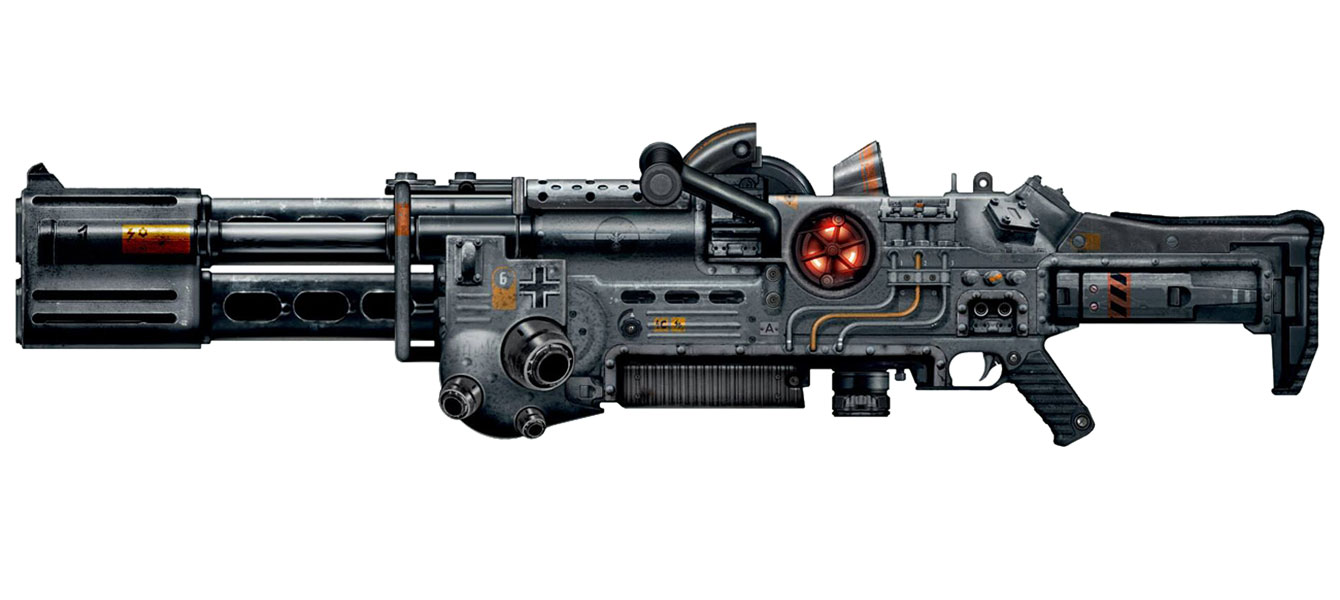

#TEKLA WOLFENSTEIN WIKI MANUAL#
This is a requirement if you want to use manual component mappings. You can override this by manually assigning items element marks.

Items are normally given IMPACT element marks when they are saved to the IIMPACT database.
#TEKLA WOLFENSTEIN WIKI SOFTWARE#
Tip: You can freely search in almost all grids across the software using CTRL + F. Click inside any of the grids and press CTRL + F to search. The common mapping is saved per computer and can be used in all TBT projects. You can even save the mapping for later use by sending the mapping to a common mapping. Simply click the assign button to complete the mapping. Select any profiles in your project and choose an IMPACT component to use with it. Mapping refers to what item X in Tekla should be represented as in IMPACT.Īutomatic profile mapping works as before. There are two ways of mapping components in the new Tekla Base Tools and a new way of mapping element marks. When you are sure that all the correct items are left on the grid, then select command "Link" in order to finish with the first step. If you accidentally erased some of the items in the Tekla, then the command "Retake Tekla selection" will refresh the grid with the selected items from Tekla Structures. The new interface allows to remove unwanted items easily by right-clicking and removing them along with their corresponding groups (if necessary). The highlighted grid above allows you to preview the Tekla items that you are about to link into IMPACT. The highlighted window from above illustrates where the selected elements will be assigned on Floor, Building, and Phase in IMPACT. When pressing Link, the following window will pop up. Always remember to have selected the assemblies that you want to Link from Tekla. This is the equivalent to the ‘Get’ command from the previous Tekla Base Tools versions. In order to link elements, press the Link icon in the ribbon. This command interprets, converts and save data to the IMPACT database. Tell TBT what your linked Tekla object should be represented as in IMPACT. When a Tekla object is linked to TBT, it will be tracked by the software as it used to.
20090821185305271.jpg)
The workflow is linear and contains three steps. By doing this, TBT no longer needs to do so much guesswork and it also allows us to reach data in Tekla which was previously not available to us. Preferably, you select everything as Assemblies. And I can settle an old score.The application will actively search for Objects Parent Assembly or Cast-Units when linking data from Tekla. If we can put a stop to him, we may be able to turn the tide of this war. A united assault on the Stronghold of Wilhelm Strasse, AKA "Deathshead", the mastermind behind the monstrous Nazi war machine. The OSA has sent me on a mission to the Baltic Coast of Germany, near the Polish border. However, BJ helps the allies overpower their captor, and escape into the ocean. After the General kills his victim, he leaves the team to be incinerated. After a dangerous fall, the team finds themselves captured by Deathshead, and BJ is forced to choose between having the General kill Wyatt or Fergus. He then leads them on a charge into Deathshead's castle, through trenches and bunkers, and into the General's laboratories. Once on the ground, BJ must destroy several Panzerhunds, and meet back up with Fergus, Wyatt, and the rest of the OSA units. Chapter 1 includes a significant decision that will split the timeline, permanently changing the adventure from that point forward.īJ begins in a transport plane, and is immediately put to work repairing damage to the plane, and defending the Allied planes from Nazi fighters. BJ must rescue the Allied forces, invade Deathshead's fortress, and fight his way to the General's hideout. Taking place in 1946, BJ is leading a charge against General Deathshead, who is the mastermind behind the Nazi war machine. Chapter 1 is the prologue of Wolfenstein: The New Order.


 0 kommentar(er)
0 kommentar(er)
